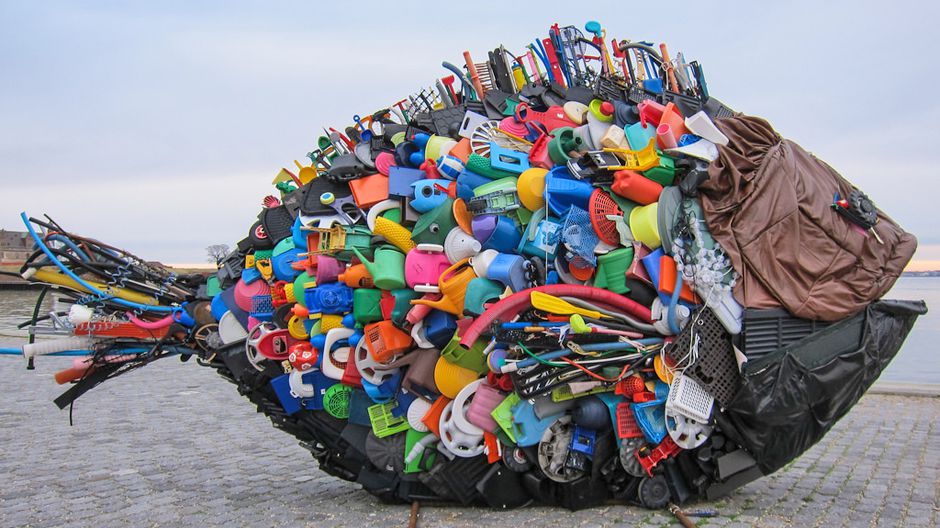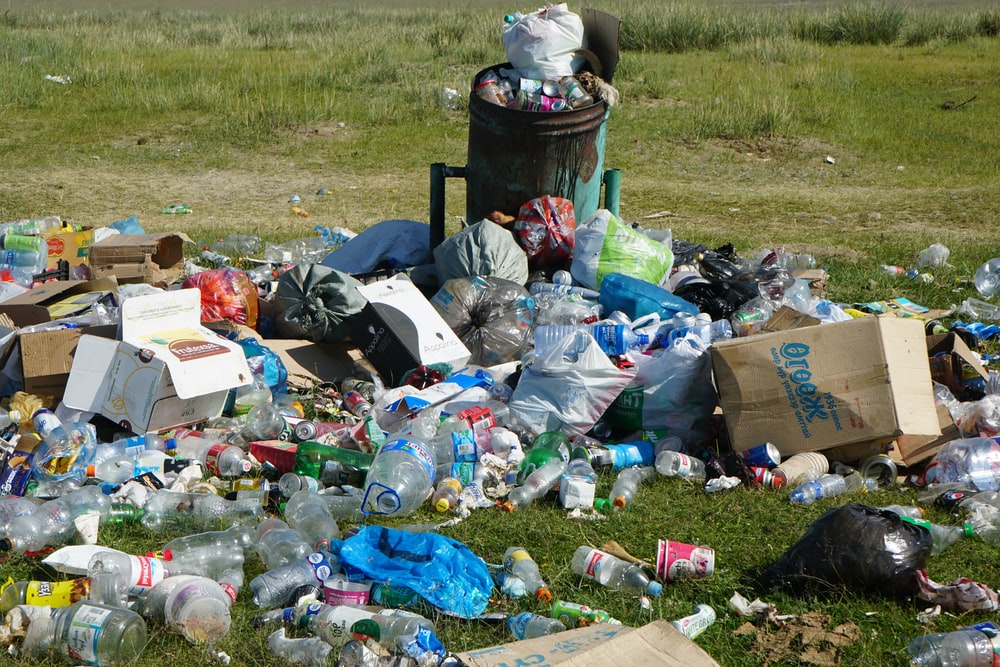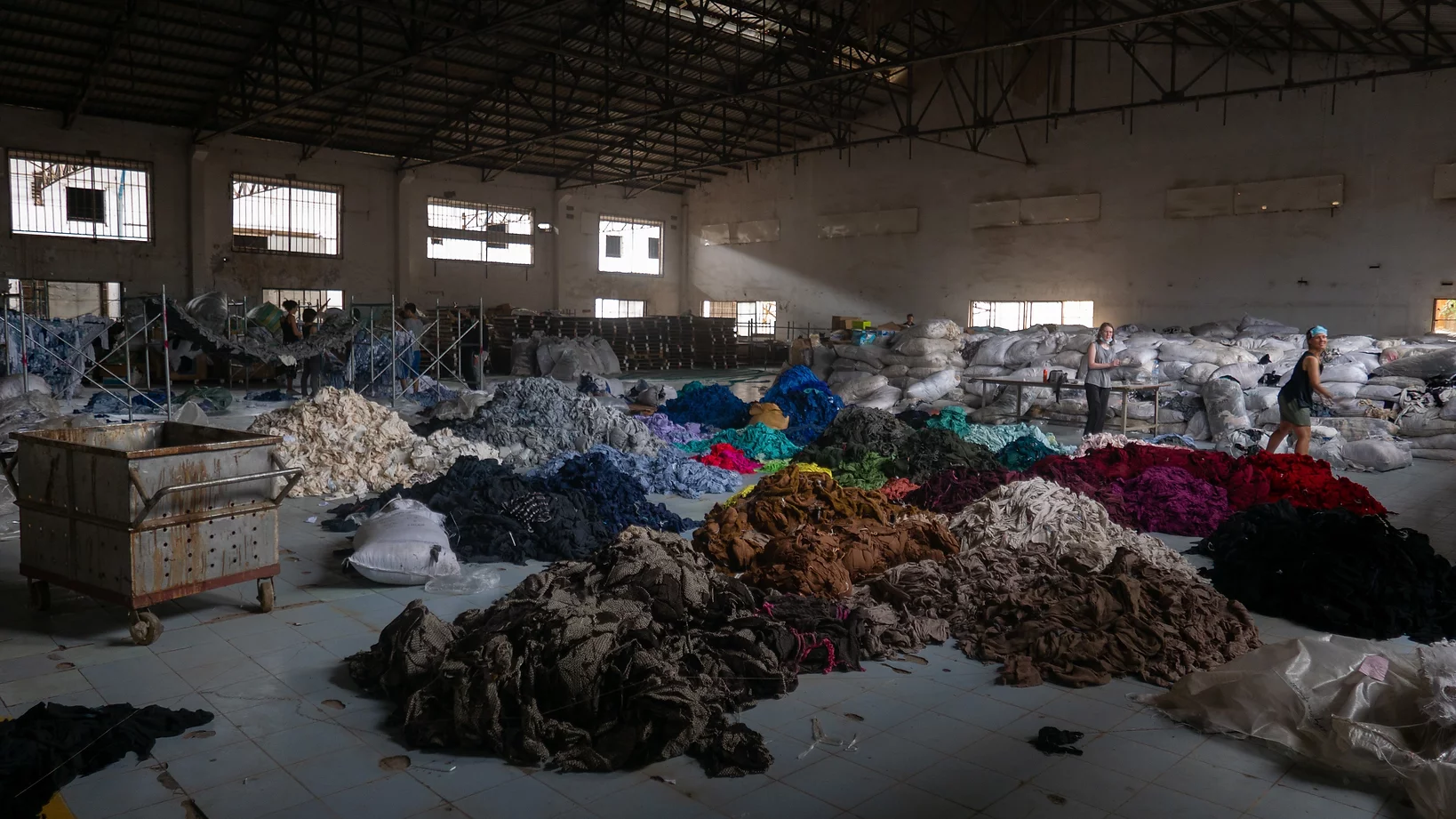

If you drank a glass of water today, there is a 95% chance you ingested microplastic fiber. Microplastics are everywhere, they are in our food, water, environment, and they’re hard to avoid. The average person eats 5g of microplastics every week, which is equivalent in weight to a credit card! These plastics can enter our environment through primary or secondary sources. Primary sources include textile abrasion and tire abrasion. 35% of microplastics in our environment come from textile abrasion. Tire abrasion accounts for 28% of the microplastics in our environment. Secondary sources consist of the degradation of macro-plastics. When a plastic bottle, wrapper, or waste remain in the open environment, they shed plastic pieces. The plastics coming from the shedding of macro-plastics degrade over time until they become microplastics.
Average number of plastic particles consumed each week from common foods:




© 2022 by CLEANR Design Team